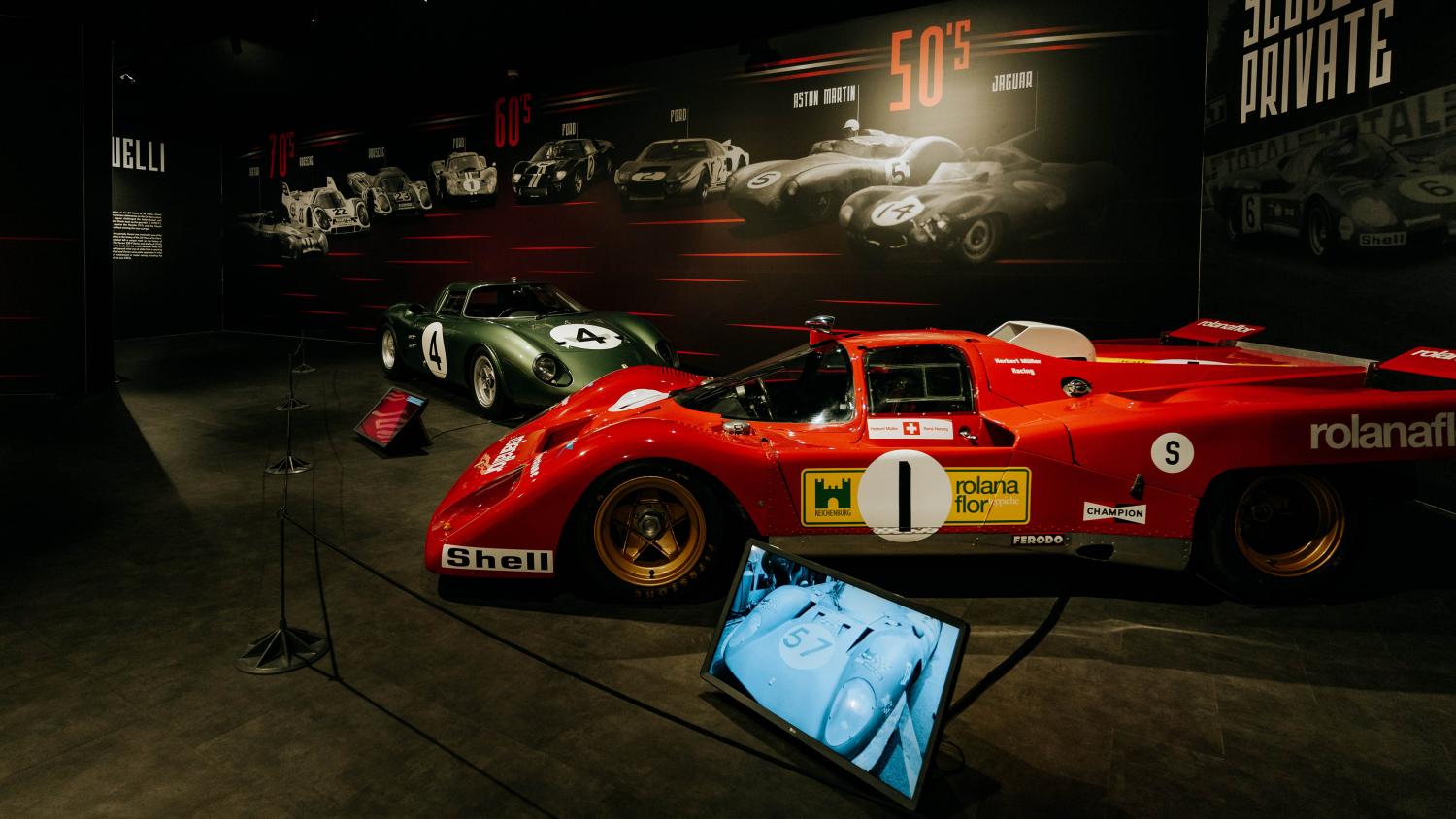In endurance racing, cars called prototypes or sports prototypes are constructed with open or closed bodywork designed exclusively to participate in events of 100 to 1,000 kilometers for 6, 12 or 24 hours.
After 1950, prototypes from all marques were allowed at Le Mans, a race initially created to challenge production vehicles now relegated to other classes while prototypes populate the head class at the 24 Hours.
From the Sport class to Hypercar
Ferrari, a racing team turned constructor, is guided by its work on the track before marketing its models. Depending on results obtained at the circuit, prototypes can be offered to buyers for road use or not. This philosophy allows the Italian formation to test new models in difficult conditions, before adapting them for the road.
The introduction of the 340 MM in 1953 opened a new chapter in Ferrari's history. The 375 MM equipped with a larger engine was also released. Both models were fielded in the 24 Hours in the Sport class (similar to today's Hypercar), giving the Italian manufacturer its first win in the inaugural FIA World Sportscar Championship in 1953. The following year, Enzo Ferrari presented the 375 Plus aimed at ending Jaguar's reign at Le Mans. Only eight 5.0-litre V12 375 Plus cars were produced, but the model led the marque to its first overall victory. Ferrari prototypes were forever unleased on the 24 Hours.
Since 26 November, the 24 Hours Museum has hosted a temporary exhibition called La Storia Di Le Mans that retraces the history of Ferrari prototypes at the race and boasts several iconic cars.
To learn more, go to the 24 Hours Museum website.

